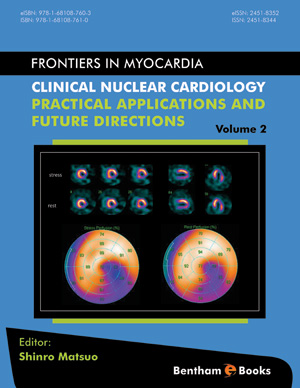Abstract
After the Surgical Treatment for Ischemic Heart Failure (STICH) trial was introduced, it is controversial whether myocardial viability assessment is necessary or not. Myocardial viability assessment has been regarded as an essential element to select candidates for revascularization who will benefit from revascularization. However, viability determination failed to identify the patients with a differential survival benefit from CABG as compared with medical therapy alone from the sub-study of STICH trial. F-18 fluorodeoxyglucose (FDG) positron emission tomography (PET) assisted management for patients with severe left ventricular (LV) dysfunction and suspected coronary artery disease (CAD) also failed to demonstrate a significant reduction in cardiac events compared with standard care (PARR-2 study). However, a significant benefit was observed when there was adherence to PET analysis is limited to PET recommendations. Like this, when the negative report is interpreted carefully, viability assessment can assign the right patients for the right treatment. To assess viability, concomitant myocardial jeopardy is essential to evaluate. Endpoints for viability assessment were regional/global functional recovery, symptom relief, exercise capacity improvement, reduction of re-hospitalization rate, and prevention of LV remodeling after revascularization. Some beneficial effects can be obtained in patients with ischemic LV dysfunction in the presence of viability even if functional recovery was not demonstrated. The importance of viability assessment and the similarities and differences of imaging modalities are discussed in this chapter.
Keywords: FDG-PET, Functional Recovery, Jeopardy, MRI, Viability.






















